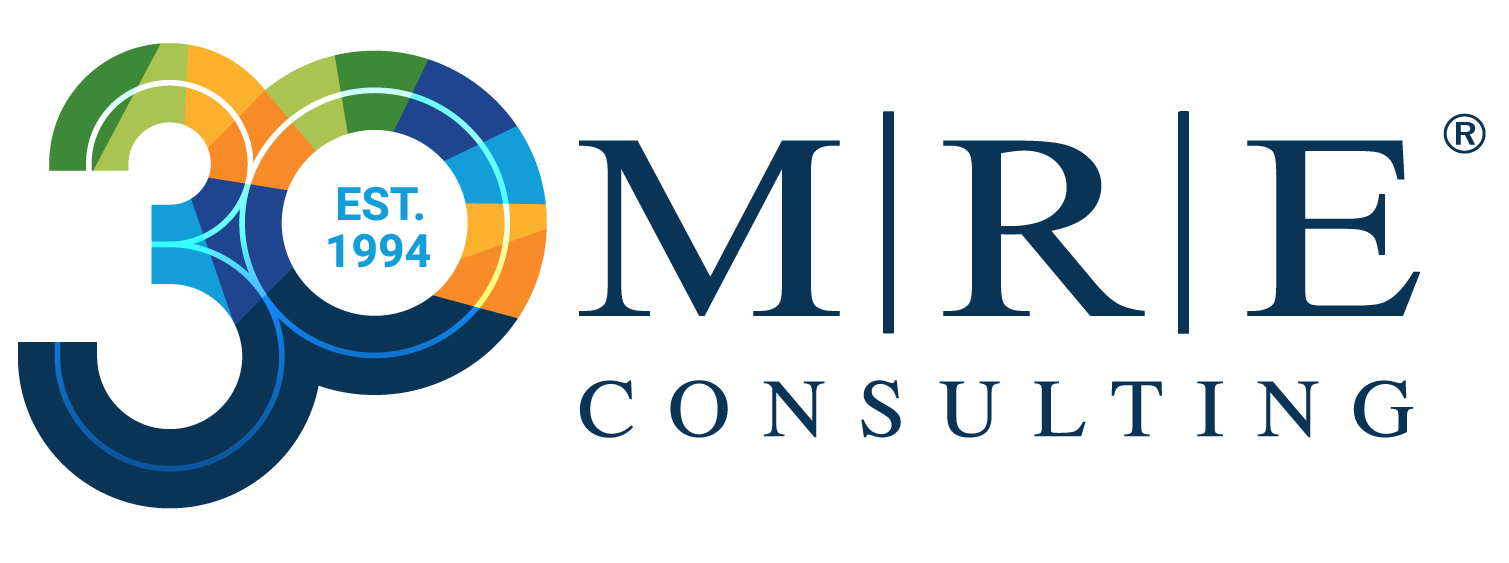What We Faced
Challenge
Companies are investing in renewable energy sources and climate change initiatives as part of a larger global trend called the Energy Transition. They are reducing their carbon footprint through direct reduction in emissions and by purchasing carbon credits that represent certified removal or reduction of greenhouse gases. For companies that do not have regulatory requirements around carbon allowances, they must acquire carbon credits through the Voluntary Carbon Market, an open marketplace for buying and selling carbon credits. Our client is a financial services company who wanted to improve the risk and capital solutions provided to customers engaging on the Voluntary Carbon Market.
One of the challenges of the Voluntary Carbon Market is the lack of standardization among funded projects. The projects could be nature or technology based, and include everything from reforestation, oil recycling, to clean cookstoves for communities, with each project having its own pricing and value to potential clients. As a result, since the actual certificates received are not known until physical settlement, the net difference between the future contract positions and settlement varied widely. The positions were being tracked at the basket level, but the desk and back office needed more granular positions to track and settle unique project credits.
What We Did
Solution
The financial services company identified key capabilities and process improvements to streamline their risk and capital solutions to better support trading activities on the Voluntary Carbon Market.
- Model project assets properly in proprietary risk system for improved position management: Identified an existing configuration tool that could be extended/expanded to quickly onboard voluntary carbon market assets and their associated derivations. This allows for a 1-3 day lead time support action to be consolidated into 1 day or less.
- Streamline third-party settlement of carbon market futures: Adjust end-of-day deal lifecycle processing of futures delivery processes for when third-party settlement was applicable. While trading occurs on the Chicago Mercantile Exchange (CME), settlement activity is conducted directly with the CBL, the global exchange platform for transacting energy and environmental commodities.
- Facilitate conversion of basket asset inventory positions to actual project positions: Built new tool to handle inventory management. Tool is a micro-service solution that could integrate with other internal tools and be easily upgraded to support a larger strategic solution which was in the future roadmap. The inventory tool helps as basket asset positions are reflected in inventory after financial settlement. Physical settlement details can be delayed therefore inventory positions need to migrate from the basket asset to the specific voluntary carbon asset representation after physical delivery.
What We Delivered
Results
The financial services improved their overall risk exposure across the trading lifecycle for Carbon Market Futures. Benefits included:
- Eliminated manual processes for settlement: Manual cashflows being done by the desk were eliminated. This was a very tedious process that took up a lot of time from the desk traders to input these cash settlements with CBL. This has an estimated time savings for the desks globally of 16 hours a month at current trade volumes.
- Real-time position reporting: Proper asset configuration and representation in proprietary risk system meant that positions could accurately be reported in real-time to the desk. It also enables back-office to easily reconcile the carbon credit positions with registries that hold the certificates.
- Streamline configuration of asset modeling: Leveraging an existing system for faster configurations enables the support teams to have more bandwidth. The implementation consolidated multiple workflows and standardized configuration for known constant requirements. The solution for consolidating configuration is being implemented in another workstream to further streamline complex business processes. Therefore this solution was positioned to seamlessly transition to the new strategic solution.
- Improve accuracy of booked vs. actual positions: New tool for inventory management stands alone with integration to legacy risk system and strategic middleware. This is positioned to be incorporated at a later date with a new microservice architecture system that is handling change management. The tool enables the trade desk to quickly apply what their delivery actuals for voluntary carbon were in order to accurately book the positions of those bespoke assets.
- Improve CI/CD process for ETRM & Supporting Technologies: While planning infrastructure for the inventory solution, we identified issues with CI/CD for legacy processes migrated to the cloud. We put together a service that enabled fast onboarding and updates via a GitOps approach. Applications could be onboarded/updated within 5 minutes of a deployment package being ready. The service also setup integration with the batch scheduling tools to support new jobs being configured.





